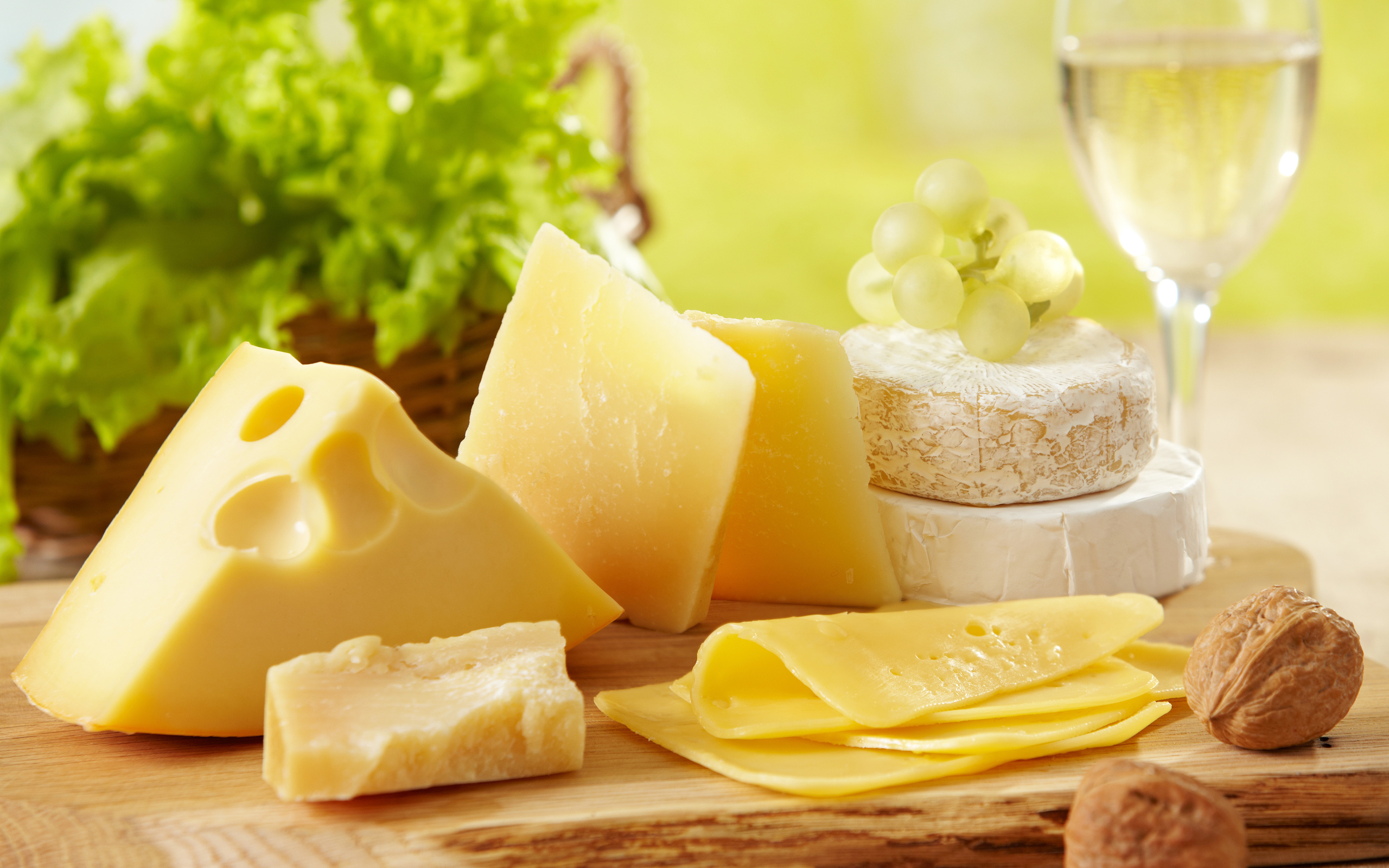Who doesn’t love cheese!!!we order extra cheese for eatables. Main ingredient which makes pizza and burger yummier is cheese!!Have you ever thought how cheese is made? what makes cheese so yummy and finger licking taste!!
Cheese is a food derived from milk. During the production, the milk is usually acidified and adding the enzyme rennet causes he proteins in the milk to form a curd and allows the liquid to separate and run off as whey. The amount of rennet used in the different cheeses varies because of specific cheese requirements. Than the solids are separated and pressed into final form.
Now question comes to your mind is what is enzyme rennet? Let be brief you about it. Traditional animal rennet is an enzyme derived from the stomachs of calves, lambs or goats before they consume anything but milk. It is about 90% pure chymosin. Rennet contains enzymes that cause milk to become cheese, by separating it into the solid curds and the liquid whey. Different animal rennet are used as well to create other types of cheese.
Calf rennet is extracted from the inner mucosa of the fourth stomach chamber of young, unweaned calves as part of livestock butchering. These stomachs are a byproduct of veal production. If rennet is extracted from older calves than the rennet contains less or no chymosin, but a high level of pepsin and can only be used for special types of milk and cheeses.
Traditionally they followed a method where they dried and cleaned stomachs of young calves and sliced into small pieces and then put into salt water or whey, together with some vinegar or wine to lower the pH of the solution. After some time the solution is filtered. The crude rennet that remains in the filtered solution can then be used to coagulate milk. About 1 g of this solution can normally coagulate 2 to 4 liter of milk.
In modern method, deep frozen stomachs are milled and put into an enzyme-extracting solution. The crude rennet extract is then activated by adding acid. the enzymes in the stomach are produced in an inactive form and are activated by the stomach acid. The acid is then neutralized and the rennet extract is filtered in several stages and concentrated until reaching a typical potency of about 1:15,000, meaning 1 g of extract can coagulate 15 kg of milk.
One kg of rennet extract has about 0.7 g of active enzymes. Typically, 1 kg of cheese contains about 0.0003 g of rennet enzymes.
If you like this blog kindly share and follow us. Thank You.






Comments
Post a Comment